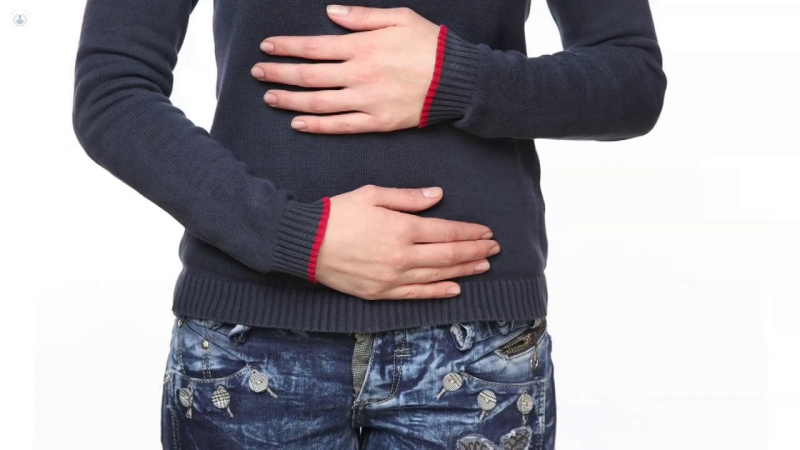Cholecystitis
What is cholecystitis?
Cholecystitis is inflammation of the gallbladder. If not treated, it can lead to more serious infections, or become a long-term condition (chronic cholecystitis).

What are the symptoms of cholecystitis?
The main symptom is pain in the upper right or middle of the abdomen, which usually lasts about 30 minutes. Other symptoms can be:
- Light-coloured stools
- Loose stools
- Nausea and vomiting
- Fever
- Feeling bloated
- Yellowing of the skin and the sclera (white part of the eyes)
What are the causes of cholecystitis?
The cause is usually the presence of stones, which block the cystic duct, where bile travels in and out of the gallbladder. If the cystic duct becomes blocked, the bile gets trapped in the gallbladder, irritating it. Other causes can be serious diseases such as diabetes, HIV, or gallbladder tumours, the latter cause being rare.
Can cholecystitis be prevented?
Removal of gallstones, and in some cases the gallbladder, can prevent further attacks.
What is the treatment for cholecystitis?
This inflammation can heal on its own. In cases of acute cholecystitis, you may have to stay in the hospital for a little while for the gallbladder to rest and heal. You may be given medicine for the pain, and will be monitored in case an infection develops.
If gallstones are found to be the problem, and non-surgical treatment (medication, and a low-fat diet) is not an option, surgery may be recommended to remove the gallbladder. In addition, emergency surgery may be needed if there are complications such as:
- Gangrene
- Pancreatitis
- Perforation of the gallbladder wall
- Inflammation of the common bile duct
- Persistent blockage of the bile ducts
It is perfectly possible for you to live a healthy life without your gallbladder. Removal of the gallbladder is one of the most common forms of treatment in the case of gallstones, but the procedure is generally not considered to be of high risk.
